Tag: Mendelssohn
-
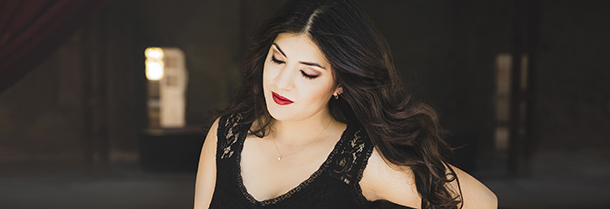
-
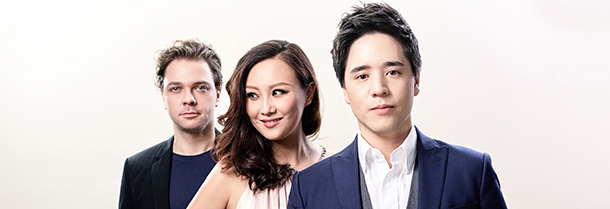
-
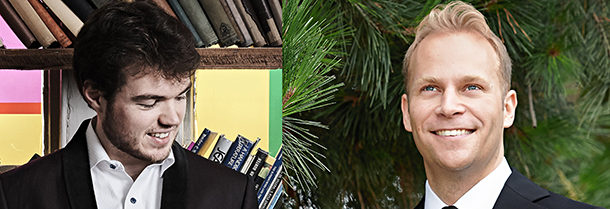
-
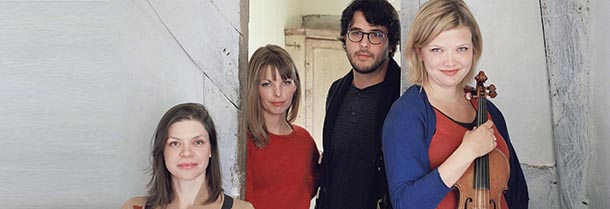
-
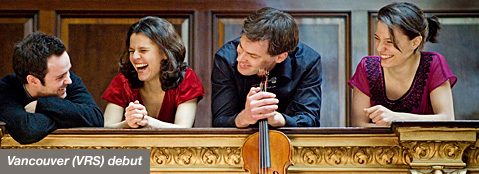
PROGRAM NOTES: ELIAS STRING QUARTET
Wolfgang Amadeus Mozart: String Quartet no. 18 in A major, K. 464 This is the fifth of the six “Haydn” quartets – everyone a masterpiece – that Mozart wrote in the mid-1780s. The identification with Haydn derives from the older composer’s direct influence on his colleague in the matter of string quartet writing. Specific elements…

